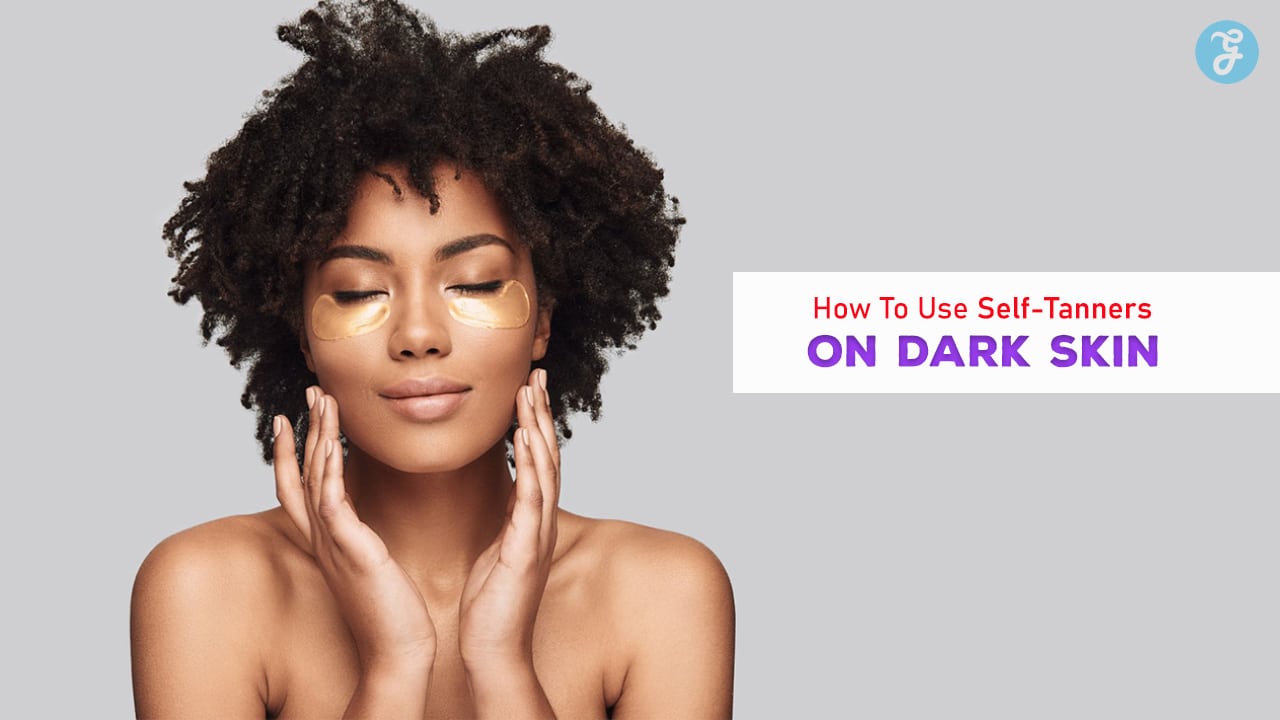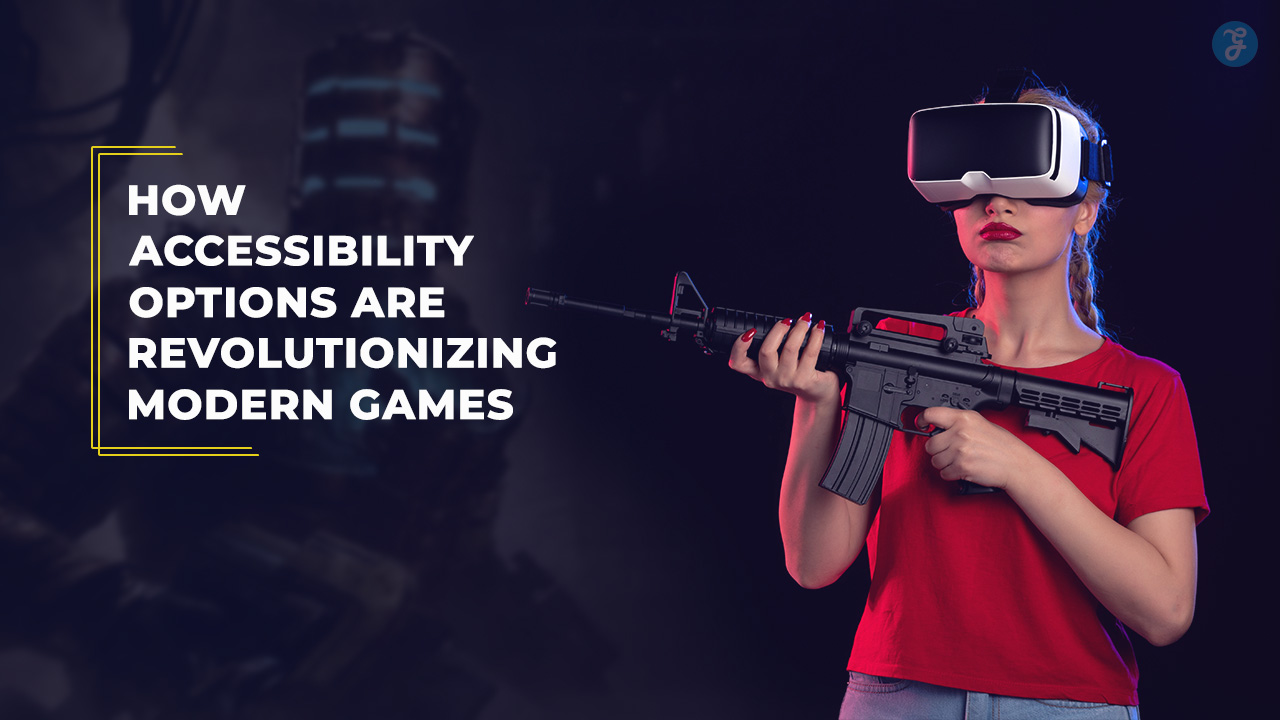Achieving a radiant, sun-kissed glow through self-tanning can be an enjoyable and rewarding experience, particularly for those with dark skin.
However, navigating the world of self-tanners requires an understanding of skin tone, formulation, and application techniques to avoid common pitfalls.
In this comprehensive guide, we will explore 15 detailed tips for effectively using self-tanners on dark skin, ensuring you achieve a flawless and natural-looking tan.
Understanding Self-Tanners
What Are Self-Tanners?
Self-tanners are cosmetic products formulated to darken the skin without exposure to harmful UV rays.
The primary active ingredient in most self-tanners is dihydroxyacetone (DHA), a color additive derived from natural sources like sugar beets and sugar cane.
When applied, DHA interacts with the amino acids on the skin’s surface, producing a temporary browning effect.
The resulting tan typically lasts anywhere from 3 to 10 days, depending on factors such as skin type, product formulation, and aftercare.
How Self-Tanners Work
The tanning process begins when DHA is applied to the skin.
As it reacts with the skin’s proteins, the reaction generates a brown pigment known as melanoidins.
This process does not involve the penetration of the product into deeper skin layers, which is why self-tanners offer a temporary effect.
It’s essential to note that self-tanners only darken the outermost layer of the skin.
The tan will fade naturally as skin cells slough off, which occurs every 28–30 days on average.
How Do Self-Tanners Work on Dark Skin?
Self-tanners can be particularly advantageous for individuals with dark skin, enhancing the skin’s natural glow without the risk of sun damage.
However, the higher levels of melanin in darker skin tones can affect how the product develops.
Factors Influencing Self-Tanner Performance
- Melanin Content:
Dark skin has more melanin, which can affect how self-tanners develop.
Products that work well on lighter skin may not yield the same results on darker tones, potentially resulting in an orange or uneven appearance.
- Product Formulation:
Many self-tanners are formulated with different bases, such as green, violet, or red, to counteract unwanted orange tones.
Understanding these bases is key to selecting a product that complements your skin tone.
- Application Technique:
The method of application plays a significant role in how the self-tanner develops.
Uneven application can lead to patchiness, so mastering the technique is vital for achieving a seamless finish.
Top 15 Tips for Using Self-Tanners on Dark Skin
1. Choose the Right Shade
Identifying your skin’s undertones is the first step to selecting the appropriate self-tanner. Dark skin can exhibit a range of undertones:
- Cool Undertones:
These individuals typically have a pink or bluish hue.
To complement this tone, choose self-tanners with violet or blue bases, which help neutralize any unwanted orange.
- Warm Undertones:
If your skin has a golden or yellowish tint, opt for self-tanners with golden or bronze bases. These shades enhance the warmth of your skin.
- Neutral Undertones:
For those with a balanced mix of cool and warm tones, self-tanners labeled as “neutral” can provide a balanced glow.
Testing Shades
Before committing to a full application, test a few different shades to see how they develop on your skin.
Many brands offer sample sizes, making it easier to experiment without a significant investment.
2. Exfoliate Before Application
Exfoliating your skin before self-tanning is crucial for achieving an even, flawless result.
Removing dead skin cells helps to create a smooth surface, preventing the product from clinging to dry patches and resulting in an uneven tan.
How to Exfoliate
- Choose an Exfoliant:
Opt for a physical exfoliant, like a sugar or salt scrub, or a chemical exfoliant containing alpha hydroxy acids (AHAs) or beta hydroxy acids (BHAs).
- Exfoliate the Day Before:
For best results, exfoliate the day before you plan to apply self-tanner.
This gives your skin time to recover and prevents any irritation.
- Focus on Key Areas:
Pay extra attention to areas prone to dryness, such as elbows, knees, and ankles.
These spots tend to absorb more product and can lead to dark patches if not prepped correctly.
3. Moisturize Dry Areas
Certain areas of the body, such as elbows, knees, and ankles, tend to be drier than others.
If left untreated, these areas can absorb more self-tanner, resulting in uneven color.
Recommended Moisturizers
- Lightweight, Non-Oily Creams:
Look for moisturizers that hydrate without leaving a greasy residue.
Products containing glycerin or aloe vera work well to prep dry spots without creating a barrier that hinders tanning.
- Application Tips:
Apply moisturizer to dry areas about 30 minutes before applying self-tanner.
This allows your skin to absorb the moisture fully without feeling overly slick.
4. Patch Test First
Patch testing is a vital step in avoiding unwanted reactions or color results.
This process helps identify whether a product is suitable for your skin tone and sensitivity.
How to Perform a Patch Test
- Select a Small Area:
Choose a less visible area of skin, such as the inner wrist or behind the ear.
- Apply a Small Amount:
Use the same amount of self-tanner you would for a full application.
- Wait and Observe:
Allow the product to develop for the time specified in the instructions (usually about 6-8 hours).
After that period, check for irritation or color changes.
5. Use the Right Application Tools
Using the right tools can significantly impact the application process.
A self-tanning mitt is highly recommended for achieving an even application while keeping your hands free from stains.
Recommended Tools
- Self-Tanning Mitt:
Look for a high-quality, reusable mitt that is soft and plush.
A waterproof barrier is essential to prevent product seepage.
- Brushes and Sponges:
For detailed areas like the face, you can use a clean makeup brush or a damp makeup sponge to blend the product seamlessly.
6. Apply Evenly
Proper application is key to a beautiful tan. Begin by dividing your body into sections (arms, legs, torso) to ensure thorough coverage.
- Work in Circular Motions:
When applying the self-tanner, use circular motions to blend the product into your skin.
This technique helps prevent streaks and ensures even coverage.
- Use a Light Hand:
Start with a smaller amount of product, adding more as needed.
It’s easier to build up color gradually than to remove excess.
Layering Technique
If you desire a deeper tan, consider applying multiple thin layers rather than one thick layer.
Allow each layer to dry completely before applying the next, which usually takes around 10-15 minutes.
7. Be Mindful of the Drying Time
Allowing the self-tanner to dry completely is essential to prevent transfer to clothing and to ensure a flawless finish.
Recommended Drying Time
- Initial Wait Time:
Most products recommend waiting at least 5-10 minutes before dressing.
- Optimal Drying:
For deeper shades or to ensure full absorption, consider waiting an hour or more before putting on clothes.
8. Avoid Water and Sweating
For the first 6-8 hours after application, avoid activities that may cause sweating or expose your skin to water.
This includes swimming, showering, or vigorous exercise.
Adjusting Your Routine
Consider scheduling your self-tanning application for a day when you can relax without physical activity.
Many people prefer to tan in the evening before bed, allowing the product to develop overnight.
9. Mind Your Skincare Products
Certain skincare products can interfere with the effectiveness of your self-tanner.
Avoid products containing exfoliating agents, such as alpha hydroxy acids (AHAs) or retinoids, immediately before and after tanning.
Adjusting Your Skincare Routine
- Gentle Cleansers:
Stick to mild, hydrating cleansers that won’t strip your skin of moisture.
- Hydration:
Continue using a good moisturizer post-tan to help maintain your color and keep your skin healthy.
10. Maintain Your Tan
Keeping your skin well-hydrated is vital for prolonging the life of your self-tan.
Dehydrated skin tends to flake off, causing your tan to fade unevenly.
Recommended Maintenance Products
- Gradual Tanners:
These products can help maintain and gradually enhance your tan with regular use.
Look for those specifically formulated for darker skin tones.
- Moisturizers with DHA:
Some moisturizing lotions include a small percentage of DHA, which can help boost your color over time.
11. Correcting Mistakes
Mistakes can happen during application, but there are ways to correct them.
If you notice streaks or overly dark patches, consider the following methods:
- Gentle Exfoliation:
Use an exfoliating scrub or mitt to gently buff away the excess product.
- Tanning Remover Products:
Many brands offer specific products designed to break down the tanning agents in your skin.
Follow the product instructions for best results.
Natural Remedies
If you prefer natural solutions, a paste made from baking soda and water can help lighten patches.
Apply it to the affected area, let it sit for a few minutes, and rinse off.
12. Consider Professional Options
If you’re unsure about applying self-tanner yourself or if you’re seeking a more consistent finish, consider professional tanning services.
Many salons offer airbrush tanning or spray tanning, which can provide a more uniform application.
What to Expect in a Salon
During a professional session, the technician will assess your skin tone and select a shade that complements your complexion.
The application process is typically quicker and more controlled than at-home methods, ensuring a flawless finish.
13. Storing Your Self-Tanner Properly
To ensure the longevity of your self-tanner, proper storage is crucial.
Store your product in a cool, dry place, away from direct sunlight, as heat and light can degrade the active ingredients.
Expiration Dates
Check the expiration date on your self-tanner regularly.
Using expired products can lead to uneven results or skin irritation.
If you notice changes in the consistency or scent, it’s best to discard the product.
14. Know When to Reapply
Self-tanners usually last between 5 to 10 days, depending on your skin type and how well you maintain it.
As the tan begins to fade, you may notice uneven patches or a dull appearance.
Reapplication Tips
Before reapplying, always exfoliate to remove any remnants of the old tan.
If your tan is fading gradually, consider using a gradual tanner instead of a full reapplication for a more natural transition.
15. Embrace Your Natural Skin Tone
While self-tanners can enhance your appearance, it’s vital to appreciate and embrace your natural skin tone.
Your unique complexion is beautiful, and self-tanning should be viewed as a tool for exploration rather than a necessity.
Finding Your Unique Glow
Use self-tanners to enhance your skin’s natural beauty.
Whether you prefer a subtle glow for everyday wear or a deeper tan for special occasions, confidence in your skin is the ultimate expression of beauty.
Conclusion
Using self-tanners on dark skin can be a rewarding experience when approached with the right knowledge and techniques.
By following these 15 detailed tips, you can achieve a stunning, even tan that complements your natural beauty while preserving the health of your skin.
Remember to choose the right products, prep your skin effectively, and embrace the glow that self-tanning provides.
With practice and patience, you’ll soon master the art of self-tanning, celebrating the radiant results that enhance your confidence and style.







































